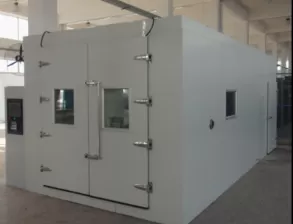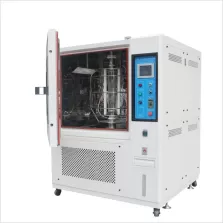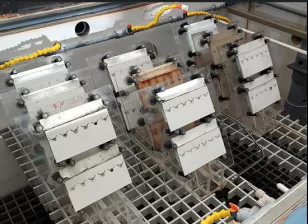- Home
-
Products
- Temperature Humidity Test Chamber Temperature Cycling Testing
- Vibration Shaker and Simulated Transportation Tester
- Walk in Chamber Temperature Aging Room
- Fast Temperature Humidity Test Chamber
- Temperature Humidity Vibration Combined Test System
- Thermal Shock Test Chamber
- PCT HAST Pressure Aging Test Chamber
- UV Aging Test Chamber Xenon Weathering Chamber
- Solar Panels/UV/Xenon/PV/PID
- Salt Spray Fog/Rain Water Spray/Sand Dust /Drying Oven
- Mechanical Environmental Tester
- About Us
- Application
- Video
- News
- Contact Us














